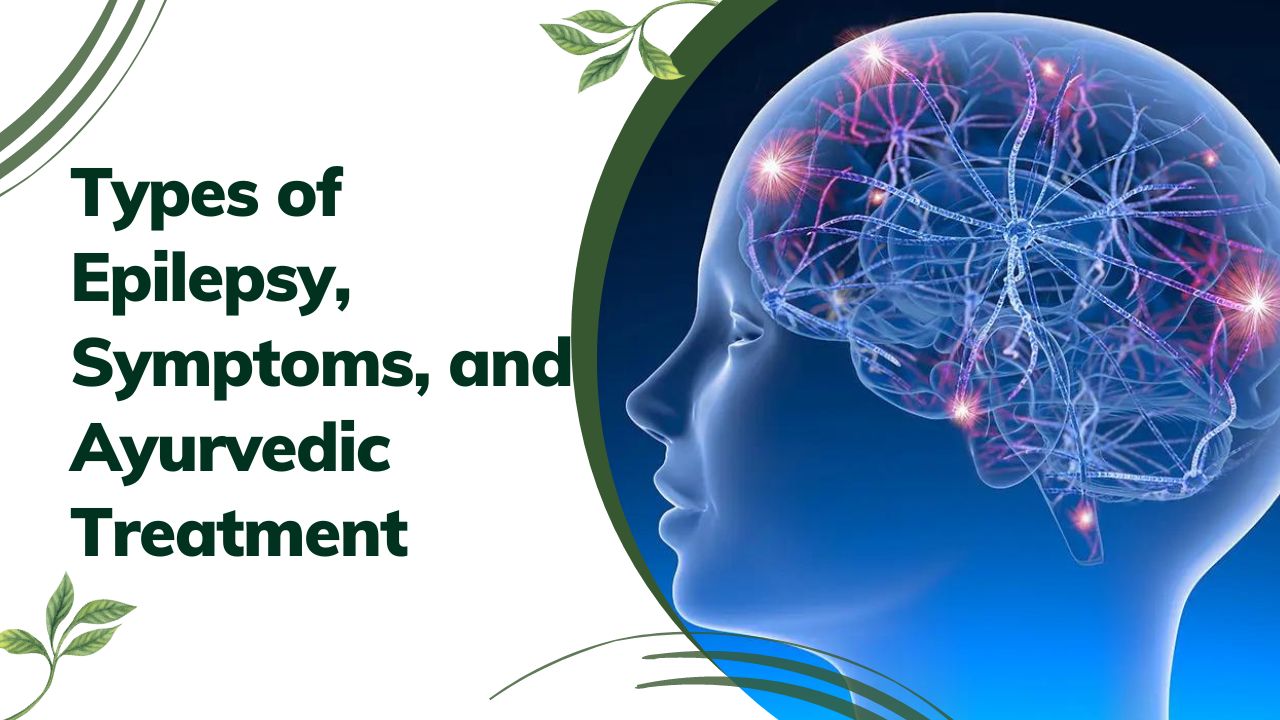The disorder characterized by repeated seizures in the brain is known as epilepsy.
It is a sudden alteration of behavior’s due to a temporary change in the electrical functioning of the brain.
The person experiences abnormal behavior’s, sensations, and symptoms, causing a loss of consciousness. A person is diagnosed depending on the seizure type, which can be provoked or unprovoked.
A person with epilepsy experiences different types of seizures, according to which the epilepsy is determined. The three primary seizure types include:
- Generalised Seizure
- Focal seizure
- Unknown seizure
Types of Epilepsy
There are four different types of epilepsy, depending on the seizure.
Generalised Epilepsy
Generalized epilepsy affects both the right and left sides of the brain and causes generalised seizures.
This loss of consciousness occurs for about 10 to 15 seconds, followed by muscle convulsions that last for less than 2 minutes.
The seizure includes weakness or limp limbs, trench rigid muscles, and jerking movements, accompanied by stiffening, spasms, shaking, or loss of muscle tone.
Focal Epilepsy
Focal epilepsy affects one half of the brain. They have focal seizures that start in one area of the brain and can move to others. They can begin with an aura, which is a minor symptom signifying a seizure’s onset.
The symptoms of a focal seizure include goosebumps, lack of movement, jerking, spasms, muscle twitching, and changes in emotions or thoughts.
Combined Generalised and Focal Epilepsy
People who experience both generalised and focal seizures are affected by combined epilepsy. It is linked to Dravet syndrome, which is a rare and lifelong form of epilepsy. Combined epilepsy is caused by a mutation in the SCN1A gene.
The symptoms of combined generalised and focal epilepsy include muscle twitching, jerking, goosebumps, or repeated movements like clapping or chewing.
Unknown Epilepsy
When it is impossible to diagnose from where the seizure started, the person is diagnosed with unknown epilepsy. It usually happens when the person is alone, asleep, or when the seizure is not witnessed.
The symptoms of unknown epilepsy include rapid rhythmic jerking and convulsing, stiffening and loss of consciousness, lack of oxygen, and loss of bladder.
Every type of epilepsy has a different identifying factor and treatment that affects the brain differently.
Ayurvedic Treatment for Epilepsy
There are certain ayurvedic treatment for epilepsy; this neurological condition can be treated with herbal formulations, offering great satisfaction.
The ayurvedic epilepsy treatment requires constant supervision, and taking proper medication can help get rid of the symptoms.
Panchakarma
Panchakarma is a method to clean the body of unwanted waste after lubricating. To get rid of epilepsy, panchakarma is used in Ayurveda.
A detoxification method is recommended to the patient, in which different types of methods are chosen to purify the brain.
Depending on the symptoms and conditions of epilepsy, a particular type of panchakarma is recommended to restore brain function and allay the causes.
Counselling
Counselling is also one of the Ayurvedic treatments for epilepsy. A proper assistant and guidance are given to the patient, through which they can overcome depression and anxiety.
This depression and anxiety can make their brain weak, and after counselling, they can restore the brain’s functioning in a better way.
Counselling also helps to improve the effects of drugs and alcohol, making the person more pure.
Vata Dosha
In Ayurveda, the vata dosha is controlled by using anima to regulate the body. Lack of sleep and acute mental stress lead to vata dosha.
In vata, to reduce brain damage, different types of oil massage are done. Boringly steaming the head and giving a good massage calms the mind, making brain activity stronger.
Pitta Dosha
Ayurveda also consists of pitta dosha, which is cured by virechana. It mainly consists of high humidity.
As per Ayurveda, epilepsy can be caused by pitta dosha, and for a good cure, herbal medication and massage are given to the patient to get rid of the causes and symptoms of epilepsy.
Kapha Dosha
In Kapha Dosha, the toxins are eliminated from the body by causing vomiting. Ayurveda says that epilepsy can be caused by a blockage of the nervous system.
Excessive secretion of saliva can be one of the major symptoms of Kapic epilepsy. And detoxifying the body through Tulsi and calamus roots can give relief from epilepsy symptoms.
Rejuvenation
This revitalization of the body is done through rasayan therapy, which reduces the recurrence of attacks. Rasayan therapy encourages full synchronisation of body and mind for a healthy life.
This treatment makes the brain function more actively, decreasing the symptoms and causes of epilepsy, as per Ayurveda.
Other than this, epilepsy can be treated by practising meditation and other calming techniques.
Yoga, Pranayam, medication and other asanas that give you a stressful mind help the brain to work actively. This could help with a better and healthier lifestyle.
Epilepsy is a stressful lifestyle that can be caused by a lot of social problems. The most common symptoms of epilepsy are isolation from society, loss of health, depression, and irregular eating habits.
If the seizures are well controlled and complications are not forced on the body, then one can get rid of the symptoms and causes of epilepsy.
Conclusion
There are many different symptoms and causes of epilepsy, which are sometimes unknown.
Each seizure depends on a different type of epilepsy. It is recommended to get a proper diagnosis for epilepsy if you have severe symptoms.
It may have adverse effects on the health of an individual so it is advisable to get it diagnosed as soon as possible.

